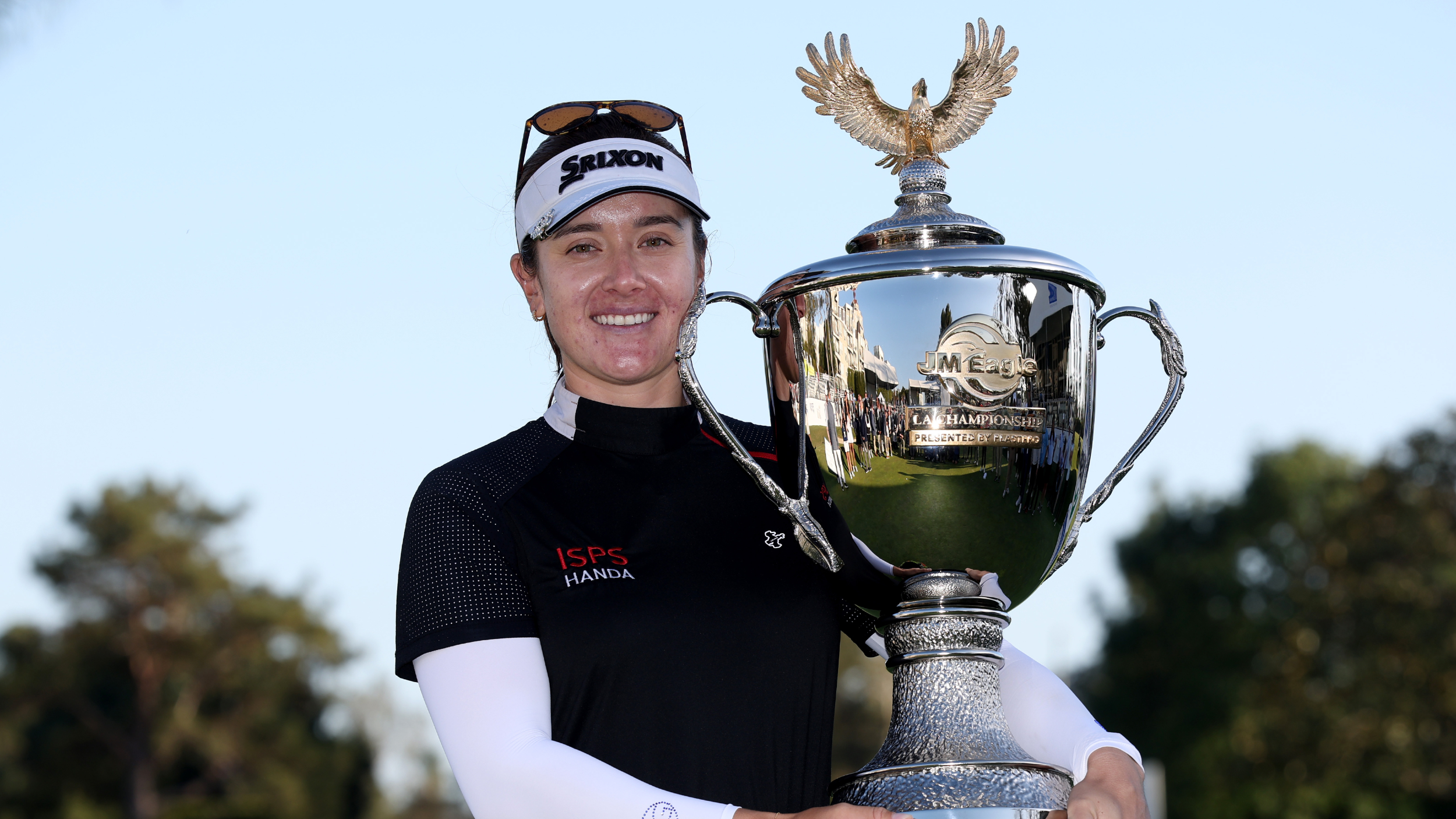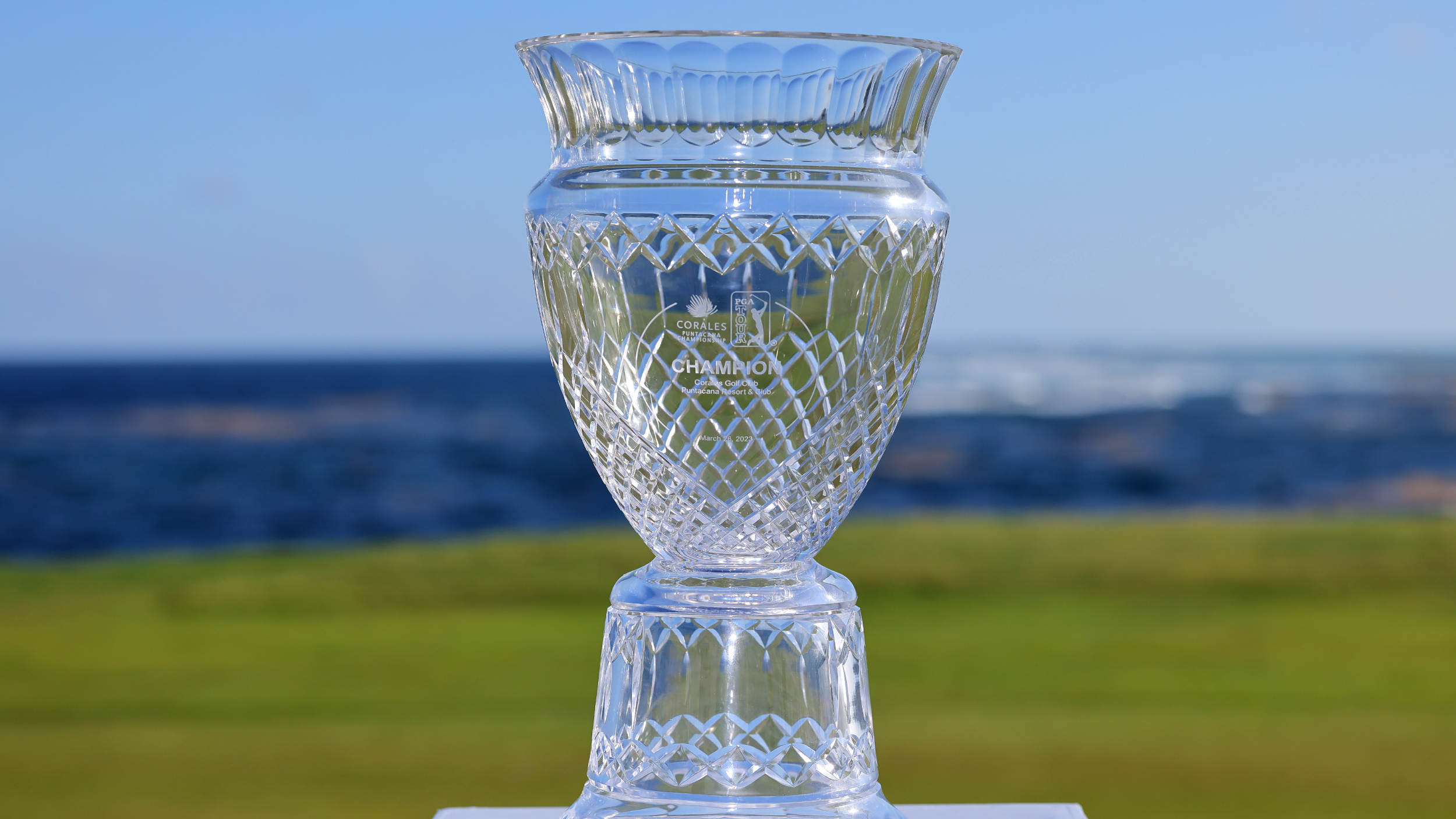The history of golf
Dafydd Manton golf blog on the history of golf.
Popular mythology has long claimed that the history of golf begins with Scottish shepherds passing their time by hitting stones with sticks. Further ground-breaking research by Herr Doktor Wolfgang von Bustenhalter, Professor of Humanities at the University of Stuttgart has revealed some startling facts, which it is my brief to disseminate within the United Kingdom.
Golf was originally devised by one Lachlann McReekie, (1348-1417) who was indeed a shepherd and part-time bag-pipe mechanic of Kingsbarns, on the East coast of Scotland. Kingsbarns is very close to St. Andrew's, which has traditionally claimed to be the Home Of Golf, without any historical backing whatsoever. McReekie started the game by trying to hit dried sheeps' dung over a nearby dry-stone wall using, as legend has it, his crook. This was out of sheer mind-numbing boredom, since shepherds rarely spend any time with each other, and are largely solitary beings. Once McReekie realised that he could unfailingly get the dung over the wall, which he called by an unprintable name, now known as the chip shot (his term was fairly similar), he attempted to land his missiles in an old cup he had borrowed from his mother's kitchen. In time he came to the conclusion that it would cause less damage if the cup were let in to the ground, obviously minus handle, and the hole as we know it was born. In time, he became very proficient, and he was practicing one day when his father saw what he was doing. They conversed, in Gaelic, for some considerable time, whereupon Faither McReekie also tried this new pastime. Due to his advanced years, he was less able to hit the ball, called at that time a "ball o' muck", so Lachlann, who was a very kind man, devised a system whereby his father's abilities would quantify what would be expected of a player. This became known as a Pa Round, from which we get the modern word par. Lachlann was a man with an entrepreneurial spirit, and he invited others to play, if only to prevent having to spend his working life looking at sheep. Originally, as the name implied, the course was circular, extending over the family's farm. That connection with sheep is why so many golfers still wear woolly sweaters in appalling colours. A clubhouse, formerly a byre, was opened, with a barman, who doubled as cloakroom attendant, one Angus McCoatup. There was a wide range of liquid refreshment available, provided that you liked whisky. As is only right and proper, and to keep the noise levels down, women were barred, although this was not as controversial then as it is now. No self-respecting female would have been seen within two miles of the place. The name 'golf' evolved from the phrase "Go an' Look For It, in yon Grass". This got shortened to 'Golf It', but the last word, so to speak, was dropped in 1613. Most of the phraseology used in modern golf was founded in McReekie's time. The expression Birdie, for a hole played at one under Pa, or par, was as a result of Lachlann being a deeply religious man. He had read the account at 1 Kings 17:6, whereby Elijah had been fed by ravens dropping food for him, and it was in recognition of this miracle that the ball dropping into a cup sooner than expected was named. The Eagle got its name from the fact that it was a Scottish icon, and appeared in much heraldry, whereas the Albatross was so called because Lachlann had never read the Rime of the Ancient Mariner. Since nobody in the history of the game has ever scored a Condor, least of all on a par-3 hole, having the name is a bit of a joke. The Club, originally called the Crook, got its title from the fact that having the word crook on a golf-course was not seemly, and it was henceforth called a club since it was not uncommon for a player to club his caddie with a Crook. Etymology is a strange thing. Much golf is played on a course called a Links. There has been much philological conjecture as to the meaning of the word, but it seems now almost irrefutable that these public courses had small kiosks every so often selling locally produced sausages, which were traditionally paid for by the player in the lead at that time, and which were still joined together. It seems that there is little credence in the original theory that the course had to be on the coast, largely because golf would have had to have been started by Fishermen, not shepherds. Sheep do not like swimming, it gets their wool wet. Modern golf bears some, but very little, relation to the ancient game. Whereas previously part of the skill lay in choosing a suitable piece of dung, now they can be bought in a shop, and contain very little actual dung. Some, not traditionalists, have even been know to use balls with no dung whatsoever, which seems like a sad snub to the past. Golf balls have dimples on them, as did sheep manure, and therefore there is no set number of dimples. As in nature, though, where things are symmetrical, nearly all golfballs have an even number of dimples, the exception being the Srixon AD333, which has, would you believe, 333 dimples. The world record is 1070 dimples, which sounds frighteningly like the Bonny Baby competition at Butlins. Sheep are known to drop precisely 1.62 ounces, except when they are unwell, which is why a golf ball weighs what it does. There have been various departures from all this, such as a leather ball filled with goose feathers, which you never see used in the Ryder Cup. Trying to find goose feathers in urban Britain is not easy. In 1848, the gutta-percha ball was invented by the Rev Robert Adams, or Robert Adam Paterson. As you can imagine, anything invented by a clergyman who didn't even know his own name stands little chance of success, and again, these are never seen. The golf balls, I mean, not the clergymen. Vicars are often seen, particularly on golf courses. Incidentally, it became known as a course when a certain Molly McTavish asked her husband, the Rev Dougal McTavish if he was going to play that afternoon, since she wanted a hand painting the bathroom, and he replied, rather abruptly it must be said, " 'Course." That bathroom, still undecorated, stands as a silent memorial to the great man at his former parsonage in Kirriemuir. It was also the site of a famous Ball. Clubs have changed dramatically over the years, as we have Woods, which are now carbon fibre, or Irons, which are now carbon fibre. Names such as Mashie Niblicks, Cleeks and Spoons have sadly died out, which makes the sport somewhat sadder. If you are trying to impress somebody in the clubhouse after a particularly good round, saying that you played the dog-leg fourth with a Mashie Niblick sounds so much more professional than recounting the use of an 8-Iron. It adds a certain mystique, which is exactly how golf has gained its popularity. Golf is now extremely popular in North America, where as well as wearing extremely colourful (colorful) jumpers (sweaters) they also don loud trousers (pants). On the other hand, plus-fours were de rigeur in Britain for a very long time, which garment was originally devised to prevent cheating. There are cases on record of certain golfers, usually politicans, carrying a device up the trouser leg, whereby a ball could be released by means of piece of string, in order to gain an unfair advantage. Plus-fours preclude such dishonesty, but it also bars those with severe varicose veins from playing. Golf originally reached the USA as a result of a certain Blackfoot Indian chieftain by the tribal name of Hawkeye studying Anthropology at Edinburgh University. He came to speak English, his second language, with a pronounced Scots burr, so he was usually known as Hawkeye The Noo. He was the Pan-American Champion for 7 years, until he was defeated by an Iriquois brave by the name of Elmer O Selzenburg. This resulted in 36 years of tribal warfare, and to this day there is an inscription at the Headquarters of the Blackfoot tribe, which reads; "You shall beat your cleeks into tomahawks and your putters into spears". Golf is also played in Japan, where it is taken so seriously that any player losing in a four ball to a business rival is expected to have a specially sharpened sand-wedge, with which he will commit Hari-kiri. (Rules 30 & 31, amended). The Japanese do not use Stableford Scoring, as they cannot spell it. Doktor von Bustenhalter is currently working on a Translation of the earliest known rules of Golf, circa 1361, but which is known to have been translated originally from Gaelic in to Scots English, and thence in to Coptic. He is currently stuck on the line; "Furth of that dedly golf thrawis in the air, that ilk pykky layke.....and laithly golf", since there is no direct German translation of pykky. However, this volume will be published just as soon as it is completed, and we have translated it from German to English.
Please look at our website or E-mail us at weknockoff@fouronthe.com
Get the Golf Monthly Newsletter
Subscribe to the Golf Monthly newsletter to stay up to date with all the latest tour news, equipment news, reviews, head-to-heads and buyer’s guides from our team of experienced experts.
-
 JM Eagle LA Championship Prize Money Payout 2025
JM Eagle LA Championship Prize Money Payout 2025The LPGA Tour heads to California for the JM Eagle LA Championship, where the largest prize money payout of the season so far is on the table
By Mike Hall
-
 Corales Puntacana Championship Prize Money Payout 2025
Corales Puntacana Championship Prize Money Payout 2025The PGA Tour’s latest opposite field event features an attractive prize money payout and some former champions in the field
By Mike Hall